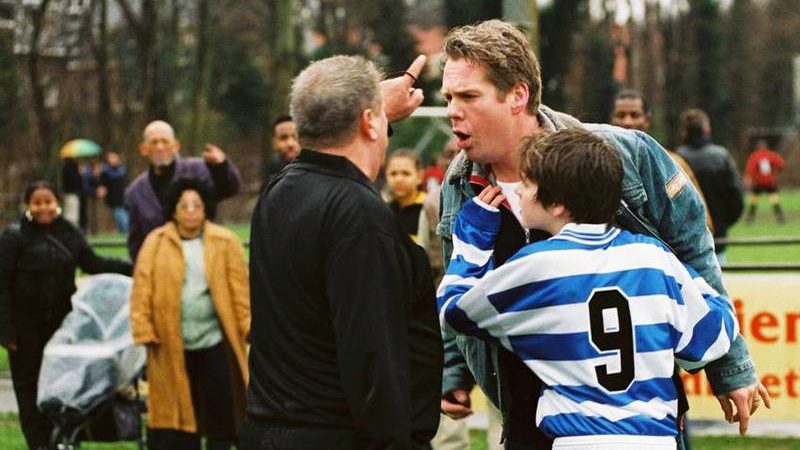Projecting authority as a new coach
In education-based athletics, coaches are teachers — or at least, they should be. And a young coach just beginning their career is no different than an inexperienced classroom teacher. Both go through similar learning curves, adjustments and obstacles as they start in their new positions.
 One of these concerns is projecting authority and leadership. When you are a young coach — perhaps only a few years older than your players — just what should you do to show that you’re capable of being in charge?
One of these concerns is projecting authority and leadership. When you are a young coach — perhaps only a few years older than your players — just what should you do to show that you’re capable of being in charge?
1. Be prepared. Plan for each practice session just as you would for a class. Create a detailed itinerary. Properly thinking through and developing your plan could take twice as long as the practice itself, and that’s okay.
When you’re prepared, you feel confident. Players pick up on this, and when you step onto the field or court, you’re in charge. You know what you are going to do, and you’re ready. That helps earn the trust and respect of your athletes.
2. Institute rules. Creating a concise set of expectations for your players also helps to establish authority. A good place to start is by letting players know how they should go about their responsibilities in practice. For example, you probably want them to hustle to the next drill, stop talking when the whistle is blown and listen to instructions. These provisions make practices effective and efficient.
» ALSO SEE: 6 tips to help coaches bounce back after a loss
Simple guidelines provide basic parameters and let players know what to expect. While you may occasionally have to remind athletes of your rules, the routine and expectations are established and consistent. Again, this demonstrates that you’re in charge.
3. If you don’t know, admit it. Be honest with your players. If a classroom teacher is asked a question and doesn’t have an immediate answer, a good approach is to say, “I don’t know, but I’ll find out and tell you tomorrow.” This also is a good stance to take with athletes.
Even experienced coaches are occasionally confronted with a question for which they don’t have an answer. If you’re straightforward with young people, they will respect you. This is better than fabricating an answer, and athletes usually appreciate your honesty.
4. Treat all players the same. Be fair and consistent in applying team rules and discipline. This shows players that nobody receives special treatment, and everyone on the team is valued. This goes a long way toward creating an environment of trust and respect. When a coach uses a consistently just and reasonable approach, their authority isn’t challenged by players. Athletes accept the coach.
5. Listen to your players. Be open to the concerns and ideas of your players, which promotes a good working relationship. This approach further validates that you care and are concerned about the growth and welfare of your athletes.
A coach who demonstrates sincere concern and interest in their athletes usually has little problem maintaining the direction of the team. The athletes appreciate and understand an individual who is helping them. That results in fewer players who challenge their authority.
David Hoch, CMAA, has 16 years of experience as a high school athletic director and served for 12 years as the executive director of the Maryland State Coaches Association. In 2000, he was named Athletic Director of the Year by the Maryland State Athletic Directors Association. His column, A.D.ministration, focuses on issues in athletic administration and appears regularly in Coach & Athletic Director magazine.





